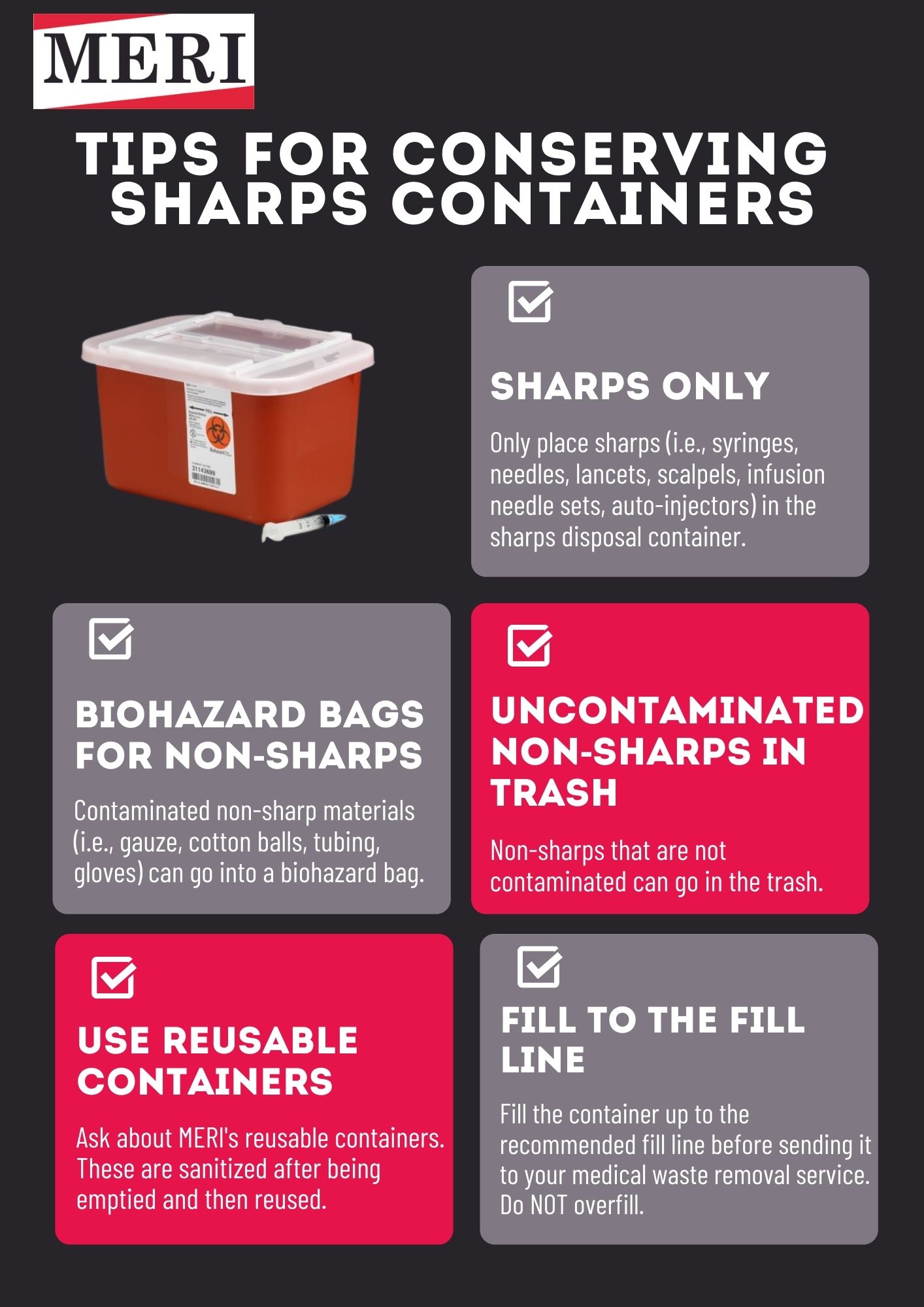Medical Care Health Heroes: The Unsung Role of Medical Waste Removal Service
Medical Care Health Heroes: The Unsung Role of Medical Waste Removal Service
Blog Article
Recognizing the Various Kinds Of Garbage Disposal Strategies
In the world of waste management, the range of disposal strategies available today is large and varied, each technique offering a distinctive objective in addressing the challenge of waste disposal. click here. From reusing approaches that aim to give new life to materials, to the complex procedures of contaminated materials management, the landscape of garbage disposal is complicated yet critical for ecological sustainability. Understanding the nuances of these different methods not only drops light on the value of liable waste monitoring yet additionally motivates us to rethink our approach towards waste disposal in a rapidly evolving world

Recycling Methods
Reusing techniques are crucial for lasting waste administration techniques in both property and industrial setups. medical waste removal near me. By executing reliable recycling techniques, a significant amount of waste can be drawn away from garbage dumps, preserving natural sources and decreasing the ecological impact of manufacturing processes
In houses, curbside recycling programs play a crucial duty in encouraging houses to separate recyclable products from basic waste. Materials such as paper, plastics, glass, and steels can be arranged and collected for handling right into new products, lowering the need for resources and energy-intensive production processes.
Industrial facilities additionally rely upon recycling approaches to minimize waste generation and promote a circular economic climate. By carrying out closed-loop systems, businesses can reuse materials within their production processes, minimizing prices and environmental impact. medical waste removal service. Furthermore, commercial recycling programs frequently include collaborations with specialized reusing centers to make sure that products are effectively arranged, processed, and reintegrated into the supply chain
Composting Techniques

Aerated fixed stack composting involves blending organic waste products in a large heap and on a regular basis turning it to make certain appropriate aeration. This technique is efficient for large composting operations. On the various other hand, vermicomposting utilizes earthworms to damage down raw material right into nutrient-rich castings. This strategy is appropriate for smaller-scale procedures and homes.
In-vessel composting includes putting natural waste in a closed container with regulated problems for temperature level and aeration. Windrow composting includes forming long rows of organic waste and consistently turning them to advertise decay - medical waste disposal.
Garbage Dump Disposal
Land fill disposal is a frequently used technique for managing waste that can not be reused or composted. Methane gas, a result of disintegrating organic waste in landfills, is often accumulated and utilized as a source of renewable power. Efforts to reduce dependence on garbage dumps include advertising waste reduction, recycling, and discovering alternate waste disposal methods to decrease the environmental footprint linked with conventional landfill disposal techniques.

Waste-to-Energy Incineration
Incineration of waste for power generation is a method progressively being taken into consideration as an alternative to conventional garbage dump disposal strategies. Waste-to-energy incineration involves the combustion of waste products at high temperature levels, generally in specialized facilities created to create electricity or warm with the process - click here. This method not just decreases the quantity of waste that would certainly otherwise be destined for garbage dumps yet also takes advantage of the warmth created throughout incineration to develop energy
One of the essential benefits of waste-to-energy incineration is its capacity to create electrical power while lessening the ecological influence compared to conventional garbage dump disposal techniques. By transforming waste right into energy, this strategy aids in reducing greenhouse gas emissions and reliance on nonrenewable fuel sources for energy generation. Furthermore, waste-to-energy facilities are furnished with innovative air contamination control modern technologies to minimize potential toxic wastes released throughout the burning procedure.
Contaminated Materials Monitoring

Considering the critical importance of liable waste monitoring methods, especially in the realm of ecological sustainability, the emphasis now shifts in the direction of the elaborate domain of Contaminated materials Monitoring. Harmful waste positions significant threats to both human health and wellness and the environment, demanding specific handling and disposal techniques. Usual instances of contaminated materials consist of chemicals, batteries, pesticides, and electronic waste.
Unsafe Waste Administration involves the recognition, collection, transportation, therapy, and disposal of materials regarded dangerous or potentially unsafe. This process needs adherence to strict laws and guidelines to minimize unfavorable influence on environments and public health. Different methods are utilized in managing harmful waste, including recycling, safe landfills, encapsulation, and chemical therapy.
Proper Contaminated Materials Management is critical for avoiding contamination of dirt, water sources, and air contamination. It is vital for sectors, laboratories, click here health care centers, and other generators of harmful waste to implement robust monitoring methods, training programs, and emergency situation reaction intends to guarantee the secure handling and disposal of these materials. Failure to handle contaminated materials appropriately can have significant effects, emphasizing the importance of thorough and liable techniques in this field.
Conclusion
Finally, garbage disposal strategies play an important function in handling and decreasing the impact of waste on the environment. From recycling and composting to garbage dump disposal and waste-to-energy incineration, each method has its very own benefits and limitations. Appropriate management of harmful waste is also vital to shield public wellness and the setting. It is very important for sectors and people to comprehend the various waste disposal techniques available and choose the most appropriate approach for lasting waste monitoring.
In the world of waste administration, the range of disposal techniques readily available today is huge and varied, each approach serving a distinct objective in attending to the challenge of waste disposal. click here. From recycling methods that intend to provide new life to products, to the complex processes of hazardous waste monitoring, the landscape of waste disposal is complicated yet important for environmental sustainability. Recognizing the nuances of these different methods not only loses light on the value of responsible waste monitoring however also motivates us to reconsider our strategy in the direction of waste disposal in a rapidly advancing world
Initiatives to decrease dependence on garbage dumps consist of promoting waste decrease, recycling, and discovering alternate waste disposal approaches to lessen the environmental impact associated with standard landfill disposal techniques.
It is essential for people and industries to comprehend the various waste disposal methods readily available and choose the most ideal technique for lasting waste management.
Report this page